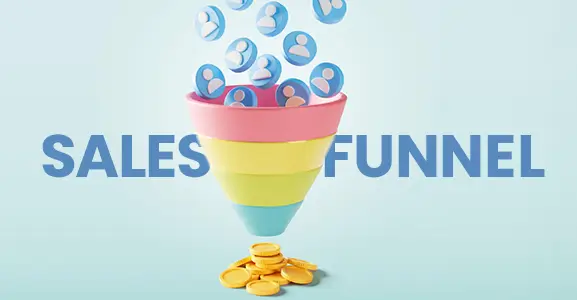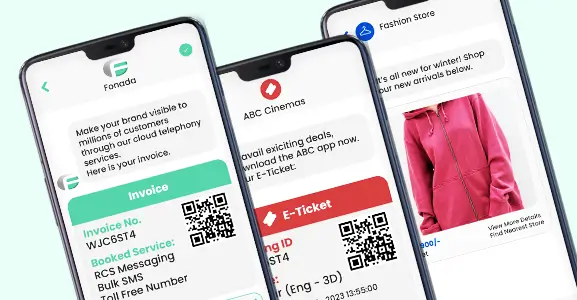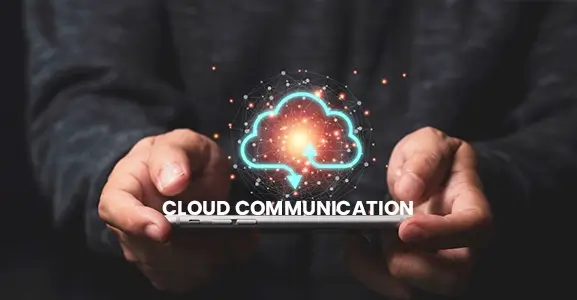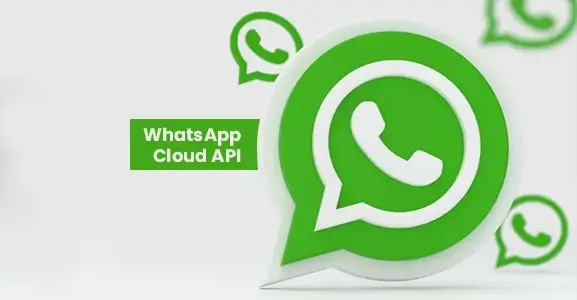A sales funnel guides your customers to make the transaction when they are ready to buy. It offers all the points where they will likely engage with your brand. You must have an exceptional sales funnel strategy for a successful sales approach.
The primary objective of your marketing sales funnel is to transfer customers from one step to the next until they are willing to buy your products or services.
What Is A “Sales Funnel”?
Sales funnel is a marketing phrase that captures and describes the prospective path consumers take from prospecting to buying. The number of steps in a sales funnel varies depending on the sales model of the business. The model is like a funnel because many possible customers might start at the top of the selling process.
A sales funnel, also known as a purchase funnel, is a graphical representation of the sales process, from the customer’s initial awareness through their eventual purchase. The sales funnel, also known as a marketing sales funnel or revenues funnel, is a visual representation of the concept that for every transaction, there is a considerably larger pool of potential buyers and a much smaller number of buyers who ultimately make a purchase.
For instance, if you want to know how to start an online clothing line, consider hiring a digital marketing firm to help you grow your business and keep it going.
Without gaps, well-designed sales funnels allow businesses to guide prospective customers through purchasing. In contrast, sales prospects will flow out of a permeable sales funnel like water through a sieve.
Here is a primary yet effective method for developing and implementing your customized sales funnel:
- Consider the buying process and significant decision points from your customers’ perspective. Then, list the corresponding sales funnel stages for your business. Each consumer group shouldn’t have to wait more than 10 minutes.
- Discuss the phases with other sales professionals and workmates. If you’re a one-person business, ask someone in the same field. Before implementing a plan, a second opinion can often help you identify flaws.
- Dedicate some time to determining if your sales pipeline’s stages match the circumstances of your typical sale.
- Discuss the concluding steps with others. Ensure that everyone understands the purpose of defining marketing stages and agrees on how to measure each stage’s activities.
- Revise the stages of the sales funnel every month or two. If a sales funnel stage seems unclear, rename, eliminate, or add new ones to represent what is occurring. This is also an excellent time to determine where you may obtain referrals, what you might upsell, and how you can increase customer retention.
Types Of Sales Funnels:
There are various types of sales funnels:
You can use four distinct sorts of high-converting digital sales funnels for your online business.
- Video-based selling letter sales funnel
- Webinar-centered sales funnel
- Product initiate sales funnel
- Lead magnetic sales funnel
Why Is It Important To Implement A Sales Funnel?
Introducing a sales funnel strategy is crucial for several reasons, including the following:
1. Creates New Customers
The purpose of the sales funnel is to transfer members of a business’s potential customers through a sequence of steps that may result in their becoming customers.
2. Generates Referrals
In addition to obtaining a base target market and customer set, a marketing funnel encourages contented customers to refer more prospects who may have yet to be included in the initial target audience.
3. Monitoring And Tracking
A sales funnel helps businesses to evaluate the effectiveness of each phase of the sales procedure and make necessary improvements. This contributes to the efficient usage of sales resources. Customer progression through the sales funnel generates valuable feedback.
4. Concentrates Efforts
A sales funnel is an industry’s attention to a specific group of prospects. This makes it simpler to reach people in the target audience and turn them into clients when they reach the end of the funnel. A sales funnel can assist firms in weeding out unsuitable leads by requiring prospective consumers to complete a series of actions that ultimately lead to a transaction.
5. Saves Work And Time
With a complete sales funnel, not only will your sales and marketing strategies coincide, but you will also save a great deal of time by curating content for all pipeline stages at once.
The Six Levels Of A Sales Funnel
Again, it is essential to realize that not all sales funnels can have six stages or tiers. The size and shape of sales funnels vary from company to firm and industry to industry. Nevertheless, a total sales funnel consists of six tiers. Marketers can use this framework to create a sales funnel that meets their organization’s needs.
1. Awareness
The most significant number of individuals occupy the awareness level at the top of the funnel. These individuals have not become prospects and have just engaged with your firm and its offers for the first time. They know your brand exists but need to gain more knowledge about it.
2. Interest
The initial contact with these newly-aware individuals will attract some of them and draw them closer into the funnel. With their interest stimulated, these individuals will learn more about your organization and its offerings. They might look at your website, catalog, blogs, or reviews from other customers.
3. Evaluation
Your prospects will keep striving to learn about your company and products after the interest stage. They may contact your customer support team with queries or complete a form to gain access to additional information. Remember that they may have evaluated your products to those of the competitors at this stage. Therefore, it is essential to provide specific guidance to their inquiries and assist them in discovering how the products or services can solve their issues or meet their needs.
4. Negotiations And Decisions
The prospect is now close to deciding to buy your product. Depending on what you have to offer, they may start a discussion about the price, the terms of the sale, or both. But it’s reasonable to think they want to buy at this point.
5. Sale
At this point, the buyer and seller have agreed on the transaction’s parameters, and the buyer has given the seller pay to become a buyer.
6. Repurchase Or Renewal
The sale is not the endpoint of the sales funnel. Soon, the time will arrive to renew the sales contract. The customers should now determine whether to continue doing business with the same source. If so, there may be a new round of pricing and purchase terms talks, accompanied by a renewal or repurchase.
Read More: Why Is The Sales Cycle Vital To Your Business?
How Does A Sales Funnel Work Efficiently?
Let’s consider you have an eCommerce store that sells old signs. You know that the people you want to sell to spend a lot of time on Facebook and that your ideal customers are men and women between the ages of 25-65.
You have a great Facebook ad that gets people to visit a landing page. You can offer a lead magnet in exchange for an email address on the page. The stages of a company’s sales funnel will vary; however, they are typically divided into four sections-
- Awareness: You designed a Facebook ad to direct users to your website.
- Interest: You provide something valuable in exchange for lead acquisition.Your content educates and prepares your audience for purchase.
- Action: You offer leads with an attractive coupon, then start marketing to them to increase sales.
This same process occurs in every business. Your sales funnel might look like this:
- Retail store
- Sales team
- Website
- Personal consultation
Your sales funnel might consist of any marketing channel. Furthermore, your funnel may represent different channels.
Differences Between A Sales Funnel And A Marketing Funnel
Definition
The sales funnel is a method that leads potential customers from the marketing phase to the conversion. On the other hand, the marketing funnel is the process of turning a lead or potential prospect into a customer.
Focus
The objective of the sales funnel is to sell more products or services. The marketing funnel aims to get individuals to recognize and like your brand.
Interest
The marketing funnel generates consumer interest, whereas the sales funnel keeps consumer interest.
Customer Engagement Funnel
Repeat
The next step once a customer has completed a purchase is to convert them into recurring customers. This involves increasing customer retention and encouraging them to make even more and larger purchases. Marketers maintain bottom-of-funnel tactics to encourage customers to participate in repeat behavior.
Loyalty
People begin to identify with a brand and customize their purchases in the loyalty phase. Community building, involvement, and outreach can assist marketers in fostering this strong connection to a brand.
Referral
Once customers develop brand loyalty, they are more inclined to provide referrals and advocate brand products.
Advocacy
What you can do for your current customers is turn them into advocates. Writing product reviews, commenting on social media, and other forms of evangelism can assist in generating more new leads for the marketing sales funnel.
A strong influence on a prospect can come from a recommendation from someone outside the brand. Marketers can nurture communities to assist advocates better, incorporate them into case studies, and encourage participation in user-generated content on social media.
To power the marketing sales funnel, the ultimate objectives are to raise the quantity and amount of purchases and to boost brand awareness and referrals.
The Advantages Of Using A Sales Funnel
There are many advantages your business can experience from having a clearly defined sales funnel:
Relevant And Timely Interaction
A good sales funnel enables marketers to comprehend customers’ purchasing experience and anticipate their queries and concerns at various stages. With these data in sight, we can better target the marketing efforts and provide efficient, personalized client service.
Marketing-Sales Alignment
Marketing outreach can respond to questions if a consumer needs to be higher in the funnel to reach a salesperson. A good sales funnel lets marketers answer customer queries without introducing a salesperson.
Save Time And Resources
A great sales funnel lets marketers quickly eliminate poor sales leads and focus their marketing budget on customers with the best potential to become customers.
How Do You Establish A Sales Funnel For Your Company?
An effective sales funnel requires various best practices. Including the following:
- Examine the audience’s actions: This requires identifying the audience attracted to the top of the sales funnel. For a web-based firm, this may involve evaluating metrics on how customers use the site, such as the most famous content and the bounce rate, which indicates how long they spend on the company’s web pages.
- Capture the audience’s attention: Something must initially entice the target audience to enter the funnel. This may include adverts or rich media such as infographics and movies.
- Instruct the audience where to go: Once prospects’ attention has been captivated, they require a destination. For a web-based enterprise, this involves using an engaging landing page that collects data from customer experience and includes a call to action to engage the prospect.
- Produce leads: After the previous three phases have been performed, it is crucial to produce new prospects to add to the sales funnel continually. There are numerous lead generation solutions available to firms for automating this process.
- Maintain connections: After generating and capturing leads, the most crucial stage is to convert these prospects into clients. The sales pipeline aims to acquire new clients.
How Do You Organise Your Sales Funnel Daily?
Greater deals mean more chances for them to fall through. Keeping track of all of these at once might take time.
So, it is essential to develop an organized system that visually represents what is happening in each stage of your sales funnel and sends reminders for vital activities to move the deal along for every individual lead.
It will aid you in the following:
- Predict business sales for the next month or quarter.
- Monitor the lead’s activity
- Use reminders and keep track of the best deals.
- Organize your schedule to maximize the time you spend with leads.
- Close deals faster
- Automate certain sales operations
Measuring The Success Of A Sales Funnel
A sales funnel is an adaptive instrument. As your business expands, you gain a deeper understanding of your customer’s needs, as these demands alter, and as you diversify the product and service offerings, its shape and size are likely to change. Good sales funnels are modified frequently in response to changing business situations.
Additionally, marketers should actively modify the sales funnel according to its performance. The conversion rate is an important indicator to track when reviewing sales funnels; how many visitors are transformed into leads, how often leads are into leads, and how many potentials into paying customers? Considering these conversions will help you to compress or expand the funnel at the appropriate points and ultimately arrive at a form that promotes conversion at that time.
Conclusion
Before you begin developing your sales funnel, you must have a crystal-clear business vision, create an eCommerce marketing sales funnel strategy, and identify your target audience to achieve business success. There are numerous types of sales funnels with promising outcomes. However, despite several advantages, a particular sales funnel will only perform as a magic solution for your organization based on your research, execution, analysis, and testing to improve a sales funnel.
FAQs
A sales funnel is a tool used by marketing and sales departments to plan and track the progression of potential customers through the buying process. Constructing sales funnels with well-defined objectives and audiences, then implementing them with engaging marketing material, yields the best results.
With data, it’s easier to find the problem with a sales funnel. Additionally, a sales funnel enables you to provide the appropriate message at the right moment.
To establish an outstanding B2B sales model, you should complete the following six things:
- Define your market.
- Analyse and identify a market niche
- Develop a robust and unique selling idea.
- Develop a plan for customer relationships.
- Create a plan of action.
- Set sales goals.
The sales funnel is a framework for comprehending and optimizing your sales process to generate additional business. The model represents the client journey as a sequence of steps, from the first awareness to the purchase decision. You can increase revenue by strategizing your marketing communications in stages.
A sales funnel is a way to monitor and illustrate the conversion rates of your prospects between pipeline phases. A sales funnel analysis is essential to any sales performance because it helps you choose where to refocus your efforts to close most deals. The Funnel report indicates where mobile app users abandoned a marketing strategy or deviated from a predefined conversion path.
A “sales funnel” marketing concept describes prospective customers’ steps to make a purchase decision. A sales funnel typically consists of three stages—the “top,” “middle,” and “bottom”—but this may change depending on a business’s particular approach to making sales.
- Define your customer problem.
- Specify your aims.
- Create an initial offer to create leads.
- To verify interest in the product, qualify leads.
- Nurture qualified leads.
- Get the deal done.
- Analyse sales data and keep track of the final results.
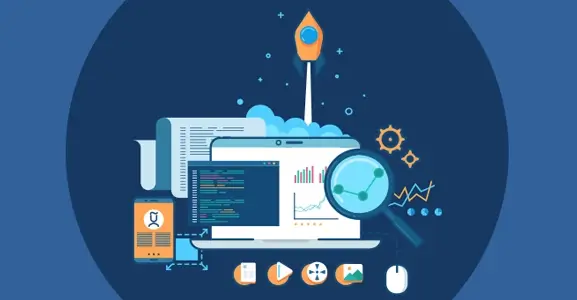
Dec 11, 2024
Top Contact Center Optimization Tools For 2024
“A thriving business knows how to fetch maximum output from limited resources by optimizing ca... Read More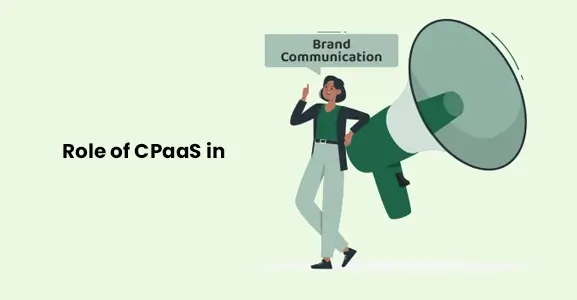
Nov 13, 2024
What Is Brand Communication? CPaaS Role Explained
Did you ever wonder why some advertisements grab your attention instantly, while others do not? The... Read More
Nov 01, 2024
What Is Automated Messaging And How Does It Work?
Automated messaging or text automation empowers businesses and marketing professionals to connect wi... Read MoreLatest Updates
From Fonada
Industry Insights, Trends, Innovations, Updates, and Case Studies from Industry Experts
View
Customer
Reviews
Discover why our customers love us - read their authentic and heartfelt reviews!
View
Case
Studies
Explore real-life scenarios, offering analysis, and solutions to practical challenges
View
Convert Leads Into Sales With Fonada
Trusted CPaaS Solution Provider

